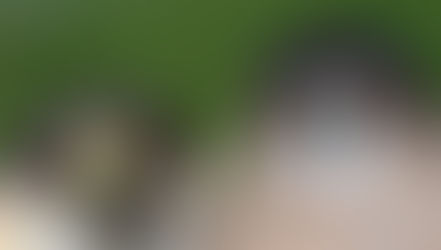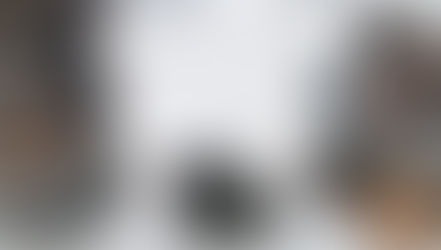What is the nictitating membrane? - Learn how birds blink!
- Zach (Head Flocker)

- Jan 24, 2025
- 3 min read
Have you ever seen a bird do a double-blink? Here is the how and why they do it.

Please make sure to register to our site for all future article notifications and newsletters!
Maybe the first time you saw it, it was on an indoor domestic cat. Or, perhaps you were watching a nature documentary and saw a shark attacking its prey, and its eye appeared to turn white or gray. It is not a defective eyelid; it is a protective piece of some animals' anatomy that protects some of their most valuable assets, their eyes.
What is it? It is the nictitating membrane.
How important is a bird's eye?
A bird's vision is possibly its best survival tool. Between finding food and avoiding predators, a bird's eyes provide information for handling each survival situation. Their dependence on their eyes comes from a lowered to nonexistent ability to smell (except for a select few species). Their ability to use their hearing for survival varies from species to species, but those species adapted to nocturnal living often have better auditory abilities. That leads us back to the importance of eyes. For most species, this is the primary tool for finding food. A slight injury to even a single eye can lead to malnutrition and death for a bird. What does this have to do with the nictitating membrane? This little flap of skin is perhaps the most important piece of PPE for a bird.
What is the nictating membrane?
The nictitating membrane is often described as the "third eyelid" found in birds and some reptiles, sharks, and some mammals. The word nictitating comes from the root word nictate, which means "blink." The membrane is a thin, translucent piece of skin that wipes laterally across the eye. In some nictitating membranes, the skin is more opaque than translucent. This eyelid is often seen when a bird is escaping a predator or a predator is attempting to capture a prey item. In aquatic birds, this eyelid is typically closed for diving. The eyelid is often engaged during regular flight for species that possess a membrane with more translucency
As an Amazon Associate, we earn from qualifying purchases.
Links may lead to affiliate sites.
Want to see the nictitating membrane up close? Try a window bird feeder!
What does the nictitating membrane do?
The nictitating membrane varies its use from species to species. In most birds, the membrane acts as a street sweeper, pushing dust and other particulate matter off the cornea. It also helps keep the cornea moist. In other species, it can act as a form of communication, such as crows that will use their white nictitating membrane for displays. Some aquatic birds, like loons and cormorants, actually use the nictitating membrane as a swim goggle. There is a small window-like area in the center of the membrane that allows the birds to see while the eyelid is closed.
Capture your own images of birds blinking with their nictitating membrane!
Looking for a different type of camera? Check out our article on birding cameras!
Examples of the nictating membrane
Want to learn more about birdlife and bird behavior? Follow our site or check out What It's Like to Be a Bird.
Watch the nictitating membrane in action!
The nictitating membrane moves quickly and often can only be captured with high-speed cameras! In the video below, I was able to capture a slow-motion video of a Cooper's Hawk blinking with its nictitating membrane.
Want more tips on birds, feeding birds, identifying birds, wildlife safety, and more?? Join our site, join us on Flocking YouTube, like us on Facebook, follow us on Instagram, and Twitter, and visit our Amazon Storefront.


























Comments